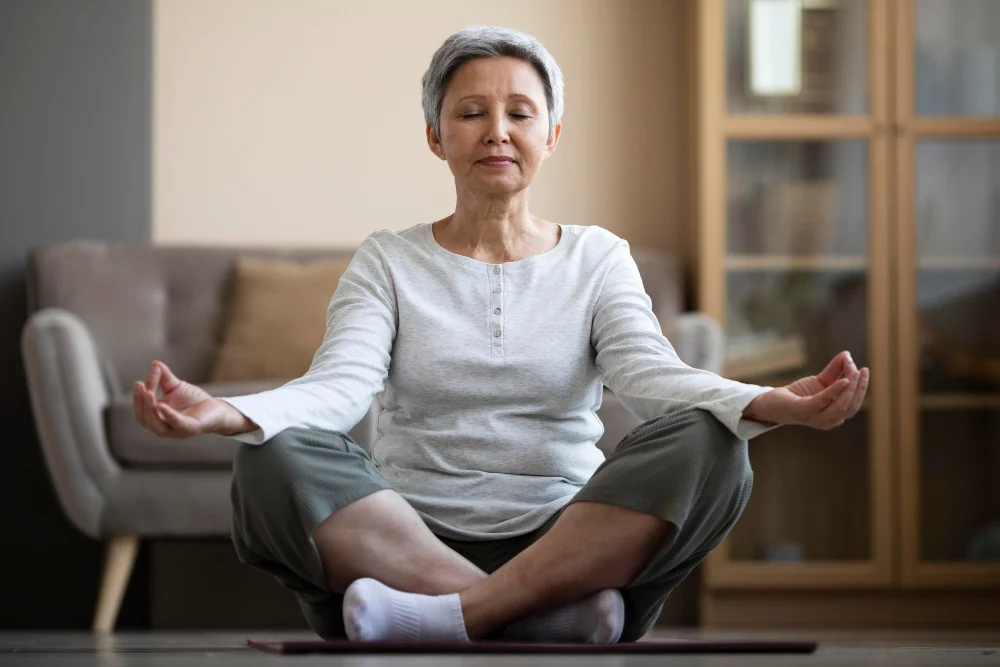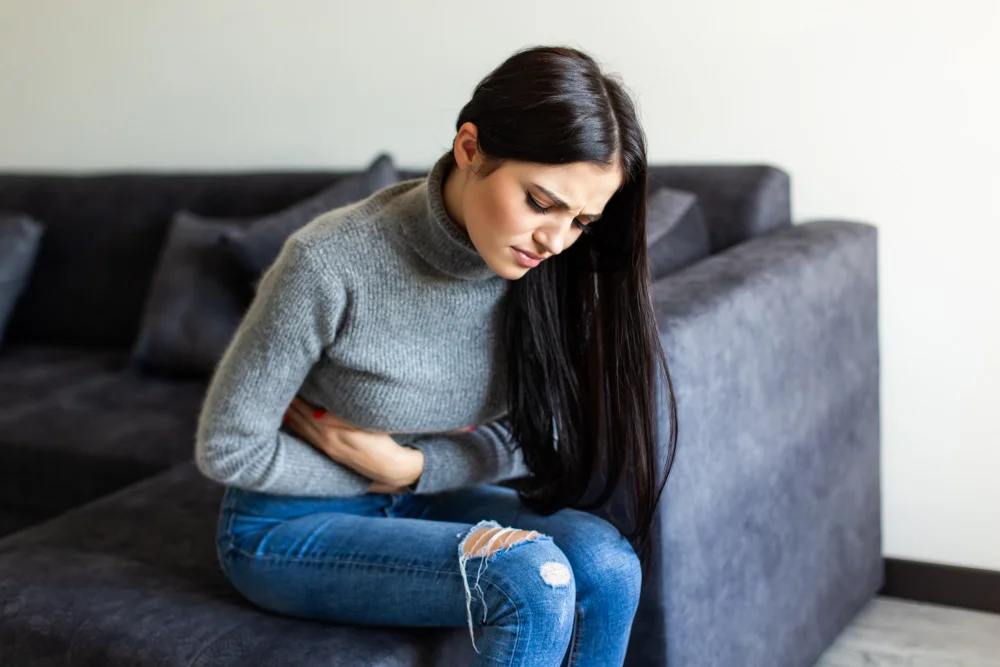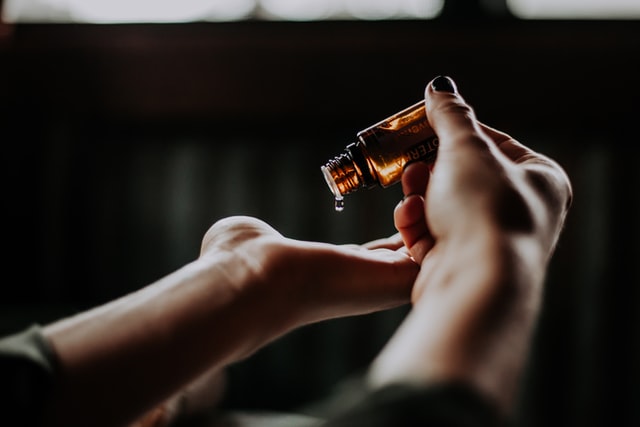As women, we have a lot of things to think about when it comes to our health. From our monthly cycle and contraception to important screenings and prevention measures, there’s a lot to keep in mind! This blog post is all about giving you the information you need to make informed decisions about your health. We’ll cover everything from basic reproductive health care to more specific issues like menopause and osteoporosis. So whether you’re just starting out on your womanly journey or you’ve been navigating these waters for a while, read on for some essential health tips for women!
Women’s monthly cycle and contraception
Women of reproductive age experience a monthly cycle of hormonal changes that affects the lining of the uterus, making it thick and spongy. If unprotected intercourse takes place during this time, sperm may fertilize an egg released from one of the ovaries, leading to pregnancy. To prevent this from happening, couples can use contraception. The most common type of contraception is the birth control pill, which contains synthetic hormones that mimic those found naturally in the body. These hormones prevent the release of eggs from the ovaries and thicken the cervical mucus, making it difficult for sperm to reach the egg. Other types of contraception include condoms, diaphragms, vaginal rings, and intrauterine devices. All of these methods work to prevent pregnancy by physical
The women’s reproductive system
The women’s reproductive system is a complex and vital part of the human body. It includes the ovaries, fallopian tubes, uterus, cervix, and vagina, as well as the external reproductive organs. The ovaries produce eggs, which are fertilized by sperm and travel through the fallopian tubes to the uterus. The fertilized egg implants in the uterine lining and begins to grow, developing into a baby. The cervix helps to protect the developing baby and prevent infection. The vagina is the birth canal through which the baby is born.
The women’s reproductive system is vital to human reproduction. Without it, we would not be able to continue our species. It is a wonder of nature that is still not fully
The women’s hormones
The female hormone cycle is a complex and fascinating process. Hormones play a vital role in regulating many of the body’s functions, and the female hormone cycle is no exception. There are four main hormones involved in the female hormone cycle: estrogen, progesterone, testosterone, and follicle-stimulating hormone (FSH). Each of these hormones has a unique role to play in the cycle. Estrogen, for example, is responsible for the development of the follicles that contain the eggs. Progesterone, on the other hand, is responsible for preparing the uterus for pregnancy. Testosterone is involved in regulating the activity of the ovaries, while FSH helps to stimulate egg production.
The women’s Menstruation
Menstruation is a woman’s natural way of releasing built up lining in the uterus. When a woman menstruates, her body is shedding the lining that it no longer needs. This process usually takes place once a month and can last anywhere from 3 to 7 days. During this time, it is common for women to experience cramping, bloating, and mood swings. While some women find menstrual symptoms to be mild, others may find them to be debilitating. Thankfully, there are a variety of treatments available to help ease menstrual discomfort. In addition, more and more women are speaking out about their experiences with menstruation in an effort to break the taboo surrounding this natural process.
Women’s Sexuality
Women’s sexuality has been a topic of debate throughout history. In some cultures, women are expected to be sexually passive, while in others they are celebrated for their sexual prowess. There is no one answer to the question of what is considered acceptable behavior for women when it comes to sexuality. However, there are a few general principles that can help to guide the discussion. First and foremost, each woman should be free to make her own decisions about her sexuality. Secondly, women should be treated with respect and equality when it comes to sexuality. Finally, sexual education should be available to all women, so that they can make informed choices about their sexual activity.
Women’s breast
Women’s breasts are a sexually dimorphic trait, meaning that they are different between the sexes. Breasts develop during puberty in response to rising levels of estrogens. In adult women, breasts continue to be influenced by hormones; they increase in size and fullness during pregnancy and lactation, and usually reduce in size at menopause. However, there is significant variation in breast size andshape between women, even within the same population. In addition, breasts can change in size and shape over the course of a woman’s lifetime, due to weight gain or loss, pregnancy, aging, and other factors. Despite their relatively small size, breasts are one of the most erogenous zones on the female body.
Women’s Menopause
Women’s menopause is a biological process that occurs when a woman’s ovaries stop producing eggs. This usually happens around the age of 51, but it can occur earlier or later in life. Menopause comes with a number of changes, both physical and psychological. Some women may experience hot flashes, night sweats, mood swings, and weight gain. Others may have difficulty sleeping, decreased sex drive, and vaginal dryness. Menopause is also a time of increased risk for certain health conditions, such as osteoporosis and heart disease. However, there are many ways to manage the symptoms of menopause and stay healthy during this time of life. Regular exercise, a healthy diet, and stress management can all help to make a healthy life.
Conclusion
Women’s health is a complex and important topic, and we hope that this blog post has helped to give you a better understanding of the various issues that women face. We also hope that you will continue to explore our website for more information on women’s health, both physical and mental. Thank you for reading!
Image credit: Home fitness photo created by freepik – www.freepik.com



